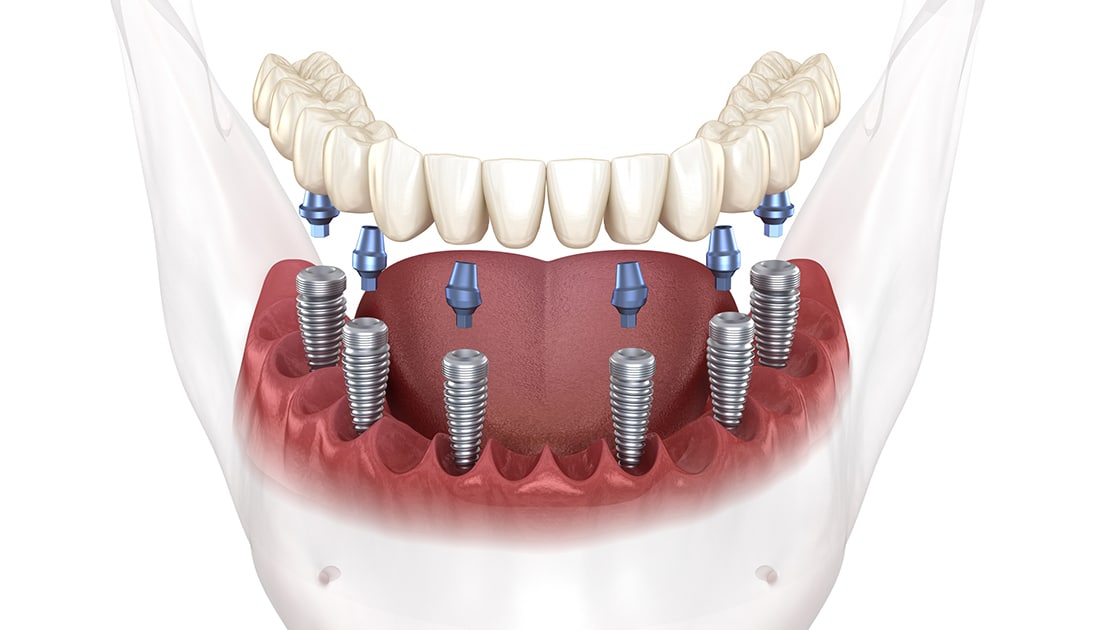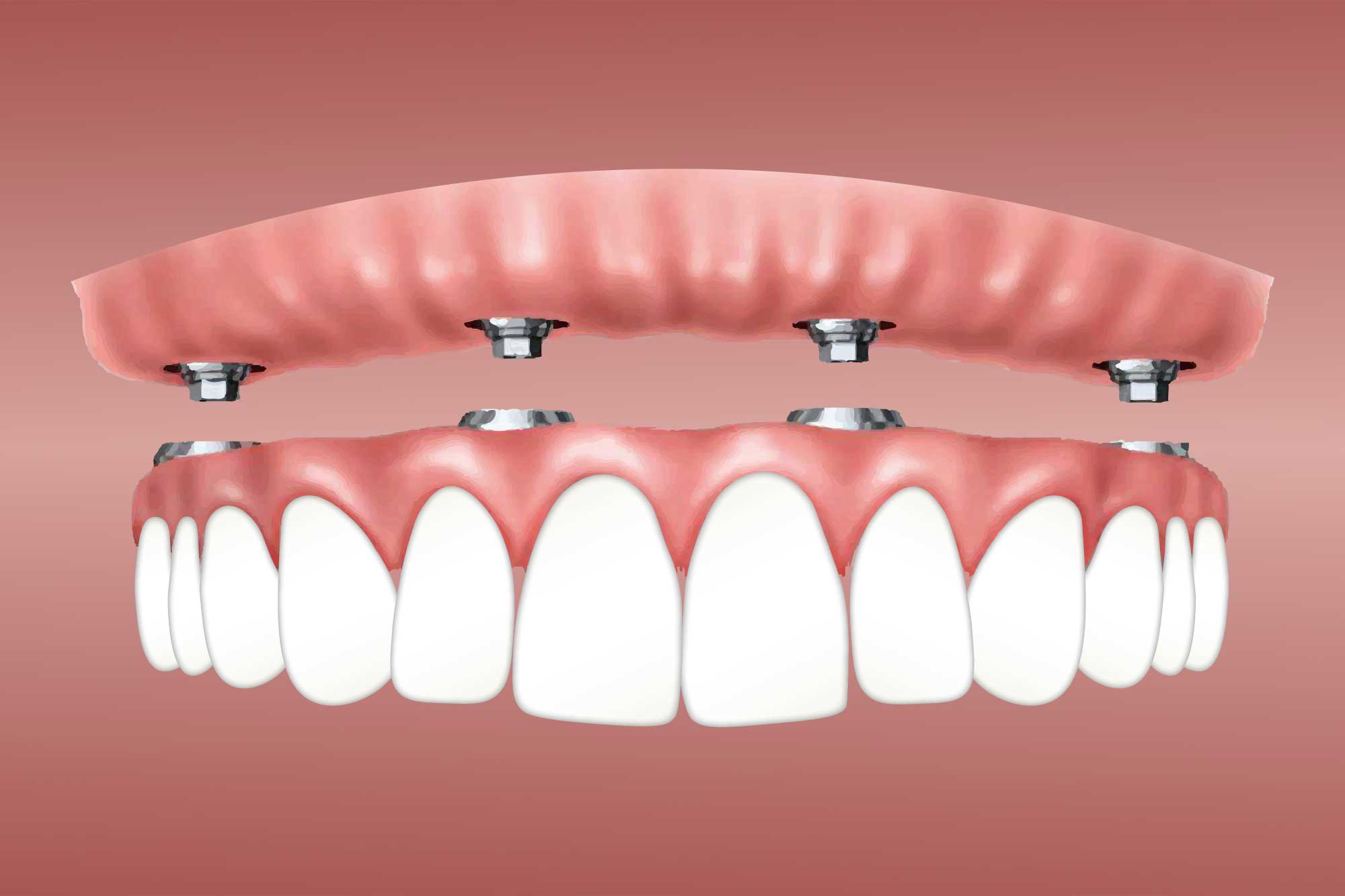Implants Dental Implants Grand Haven MI - Learn More About Your Implants Treatment
Implants Dental Implants Grand Haven MI - Learn More About Your Implants Treatment
Blog Article
Dental Implants And Dentures Jenison MI - Dental Implants: Surgery, Advantages, Risks, & Insurance
The journey toward dental implants begins with a radical assessment of the jawbone's condition. When there could be insufficient bone density to help an implant, bone grafting turns into an important procedure to recreate a stable basis. Understanding how click here to read much bone grafting is needed for dental implants significantly influences click over here now the remedy plan, timeline, and total success rate.
The amount of bone grafting required is dependent upon multiple factors, including the extent of bone loss, the implant's size, and the precise location inside the mouth. In instances of great bone loss as a outcome of periodontal ailments, trauma, or prolonged tooth loss, extra in depth grafting could also be needed. Conversely, if the bone loss is minimal, a smaller graft might suffice.
Dental Tooth Implant Wyoming MI - Dental Implants Advantages
The analysis process usually includes imaging research corresponding to X-rays or 3D scans, allowing the dental skilled to visualise the bone structure (Dental Implants And Dentures Wyoming MI). These photographs help in determining the standard and amount of existing bone. If the bone is deemed insufficient, the dentist will then outline the appropriate grafting procedures
Grafting may be sourced from numerous areas. Autografts, which contain harvesting bone from the patient's personal physique, are sometimes deemed the gold standard. These supply excellent integration with the prevailing bone but come with the drawback of additional surgery. Other options embody allografts, which use donor bone, and synthetic materials designed to imitate natural bone. Each option has its own implications on healing and success charges.
After determining the necessary quantity of bone grafting, the dental professional will create a tailor-made plan for the patient. This plan might embody the timing of bone grafting in relation to the implant placement. In some circumstances, a graft can be carried out simultaneously with the implant surgery. Alternatively, in additional sophisticated scenarios, a separate healing period is indicated.
Healing timelines differ based on the individual's health, the extent of grafting, and the sort of graft used. Generally, the healing of a bone graft takes several months before an implant may be positioned. During this time, bone regeneration occurs, leading to a steady base for the implant.
Dental Implant And Bridges Muskegon Heights MI - Dental Implants services
Patients often surprise about the risks related to bone grafting. While issues corresponding to infection or graft failure are potential, these occasions are relatively uncommon. Adhering to post-operative care instructions and attending follow-up appointments reduce risks and promote healing.
Once the bone has adequately healed, the dentist assesses the graft's success by evaluating the bone density and stability. If every little thing appears favorable, the next steps toward putting the dental implant can start. The success of this next step largely hinges on the quality of the bone graft and its integration with the encompassing bone.
Cost considerations play an essential role within the decision-making course of. The expense of bone grafting varies based mostly on supplies used, the complexity of the case, and geographic location. It is important for sufferers to debate finances upfront to avoid unexpected payments later in the treatment.
Denture Dental Implants Muskegon Heights MI - Dental Implants for Multiple Missing Teeth
Also, patients should have sensible expectations concerning the timeline and outcomes. Many components can affect how much bone grafting is required and its overall effectiveness. A collaborative method involving the affected person and the dental group not only ensures clarity but also enhances the possibilities of a profitable end result.

Maintaining good oral hygiene and common dental visits following the procedure is significant. These practices can prevent problems and make certain that each the graft and the implant remain steady over time. The ongoing relationship with a dental professional is essential, especially within the months following the procedures.
In conclusion, understanding how a lot bone grafting is required for dental implants encompasses a multi-faceted approach that considers bone quality, grafting types, healing time, and overall affected person health. The steadiness between achieving the specified aesthetic and functional outcomes whereas minimizing risks and complications is at the heart of dental implant procedures. The journey could also be extensive, however a well-planned strategy maximizes the chances for a successful, long-lasting end in restorative dental work.
- Determining the amount of bone grafting required for dental implants usually hinges on the initial bone density and quantity of the affected person's jawbone.
- Each patient's case is exclusive; components such as previous extractions, periodontal disease, or trauma can affect the necessity for grafting.
- A 3D imaging scan is usually conducted to evaluate the exact dimensions of the obtainable bone and inform the grafting strategy.
- The kind of dental implant placement—immediate or delayed—may dictate the quantity of bone grafting necessary for stability and integration.
- Different kinds of graft materials, corresponding to autografts, allografts, or synthetic choices, can influence how a lot grafting material is required.
- Assessing the affected person's total health, age, and life-style habits can have an result on the healing course of, influencing graft volume necessities.
- The depth and placement of the implant can necessitate varying quantities of graft materials to safe optimal outcomes.
- Successful integration of the dental implant usually depends on adequate bone density, resulting in a tailor-made grafting approach for each individual.
- Consultation with an oral surgeon will provide a clearer estimate of the bone grafting wanted based on complete evaluations and imaging results.
- Post-grafting therapeutic time varies; thus, a cautious evaluation is important to determine the final quantity of grafting required for successful implantation.undefinedHow a lot bone grafting is needed for dental implants?
Dental Teeth Implants Holland MI - Dental Implants: Surgery, Advantages, Risks, & Insurance
What is bone grafting and why is it needed for dental implants?undefinedBone grafting is a surgical procedure that adds bone or bone-like materials to the jawbone. It is critical for dental implants when the existing bone is insufficient to help the implant, ensuring stability and long-term success.
How do I know if I want a bone graft for dental implants?undefinedYour dentist or oral surgeon will consider your jawbone by way of x-rays or 3D imaging to determine its density and volume. If they discover that you simply lack adequate bone, they may suggest a bone graft before continuing with the dental implant.
Implants Dental Implants Grandville MI - Dental Implants - Top Oral Surgeon
What components influence the quantity of bone grafting needed?undefinedFactors embrace the size and site of the implant web site, the health and density of present bone, and individual healing capability (Dental Teeth Implants Walker MI). These components assist the dentist decide the suitable quantity of graft materials wanted
Are there various kinds of bone grafts used for dental implants?undefinedYes, there are several varieties, including autografts (from your own body), allografts (from a donor), xenografts (from animals), and artificial graft supplies. Each type has distinctive advantages and could be selected based mostly on individual patient wants.
Denture Dental Implants Muskegon MI - What Are Dental Implants?
How long does the bone grafting process take?undefinedThe period varies based mostly on the complexity of the grafting process and the extent of the world treated. Generally, a bone grafting process can take anywhere from 30 minutes to a couple hours, depending on the precise circumstances.
What is the recovery time after a bone graft for implants?undefinedRecovery instances can differ, however typically, initial healing might take a couple of weeks, whereas full integration of the graft with the bone can take a quantity of months. Your dentist will provide a customized timeline based on your state of affairs.

Will I expertise pain after the bone grafting procedure?undefinedSome discomfort is frequent after a bone graft, but it's generally manageable with prescribed pain treatment. Most sufferers report that pain diminishes considerably inside a few days.
Dental Teeth Implants Grandville MI - Get Dental Implants
How does bone grafting affect the general dental implant timeline?undefinedBone grafting could prolong the general timeline for receiving dental implants, because it requires a healing period before implants may be positioned. This can add a quantity of months to the process but is crucial for a profitable implant placement.

Are there risks related to bone grafting for dental implants?undefinedLike any surgical process, bone grafting carries some risks, similar to infection, graft failure, or complications related to anesthesia. However, when performed by an experienced professional, these risks are usually low.
Can I truly have dental implants placed instantly after a bone graft?undefinedIn many circumstances, dental implants can't be placed instantly after a bone graft due to the need for the graft to integrate into the present bone. However, some techniques, like quick loading, may enable for this underneath specific conditions. Your supplier will advise you on the finest option based mostly in your circumstances.
Report this page